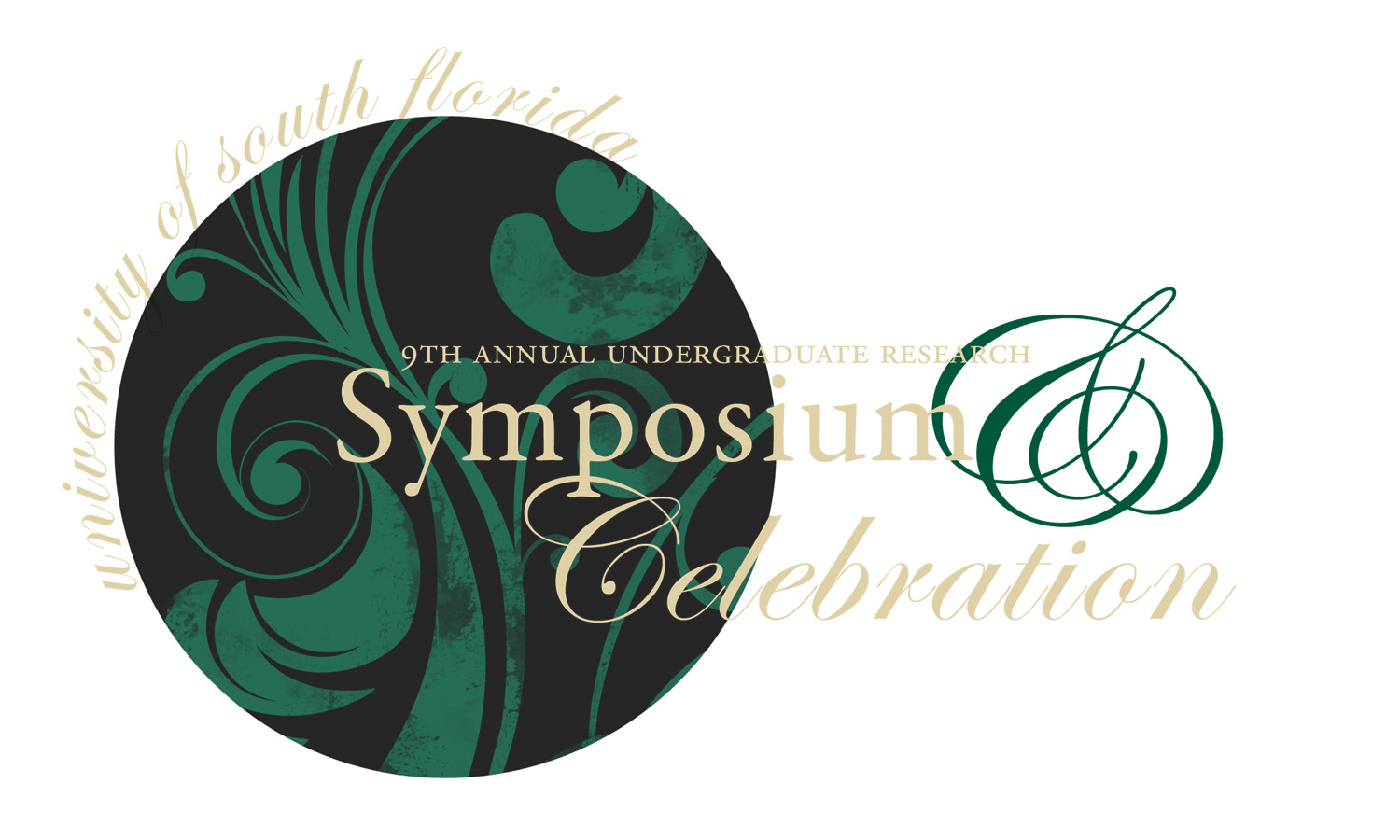Presentation Type
Paper
Abstract
Subject: History – Ancient Rome – Severan Dynasty
Motivation: During my research, I noticed that imagery of Asclepius and his temple were prevalent on the Pergamene coinage of Caracalla. I decided to investigate the coinage produced by the Pergamene mint from the reign of Marcus Aurelius through Elagabalus to determine if the frequency of Asclepius-related imagery correlated to specific events, which might indicate that the Pergamenes were trying to advertise these events and the Asclepion temple via coinage.
Thesis: Special events, Asclepion popularity, and coin circulation patterns combined to motivate the Pergamenes to advertise their Asclepion on coinage.
Methods: Examination of primary sources, modern historiography, and numismatic records.
Conclusion: During the period from Marcus Aurelius to Elagabalus, a pattern of Asclepius-related imagery emerged, with the peak occurring during the reign of Caracalla. Caracalla visited the Pergamene Asclepion in 214 CE, after which the mint increased production of coinage with images promoting their temple. A system of die-sharing helped to increase the circulation area of this coinage. Combined with typical word-of-mouth testimonies, Pergamene coinage served as a portable form of advertising.
Categories
Humanities
Research Type
Thesis
Mentor Information
Dr. Julie Langford
Included in
Here’s My Card: Provincial Coinage as Advertising for the Temple of Asclepius in Pergamum
Subject: History – Ancient Rome – Severan Dynasty
Motivation: During my research, I noticed that imagery of Asclepius and his temple were prevalent on the Pergamene coinage of Caracalla. I decided to investigate the coinage produced by the Pergamene mint from the reign of Marcus Aurelius through Elagabalus to determine if the frequency of Asclepius-related imagery correlated to specific events, which might indicate that the Pergamenes were trying to advertise these events and the Asclepion temple via coinage.
Thesis: Special events, Asclepion popularity, and coin circulation patterns combined to motivate the Pergamenes to advertise their Asclepion on coinage.
Methods: Examination of primary sources, modern historiography, and numismatic records.
Conclusion: During the period from Marcus Aurelius to Elagabalus, a pattern of Asclepius-related imagery emerged, with the peak occurring during the reign of Caracalla. Caracalla visited the Pergamene Asclepion in 214 CE, after which the mint increased production of coinage with images promoting their temple. A system of die-sharing helped to increase the circulation area of this coinage. Combined with typical word-of-mouth testimonies, Pergamene coinage served as a portable form of advertising.

